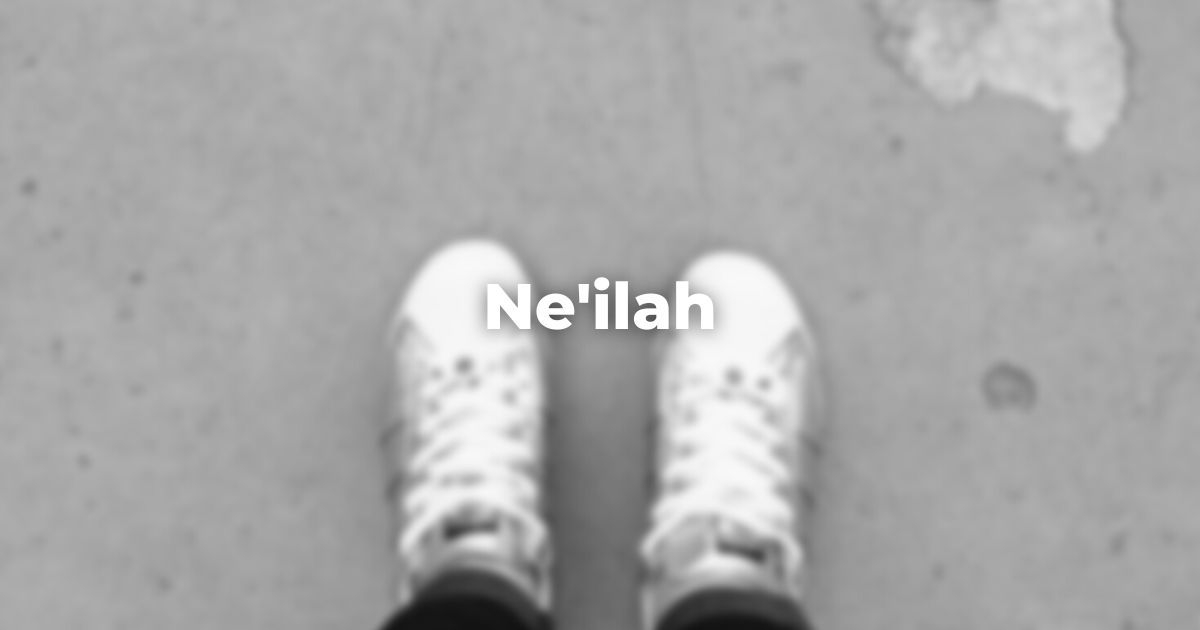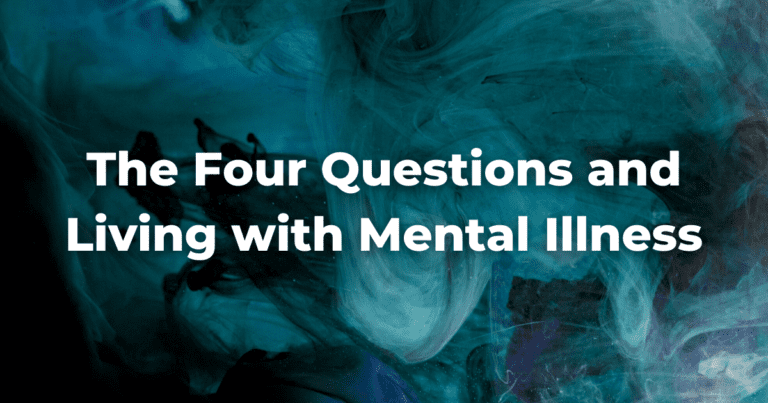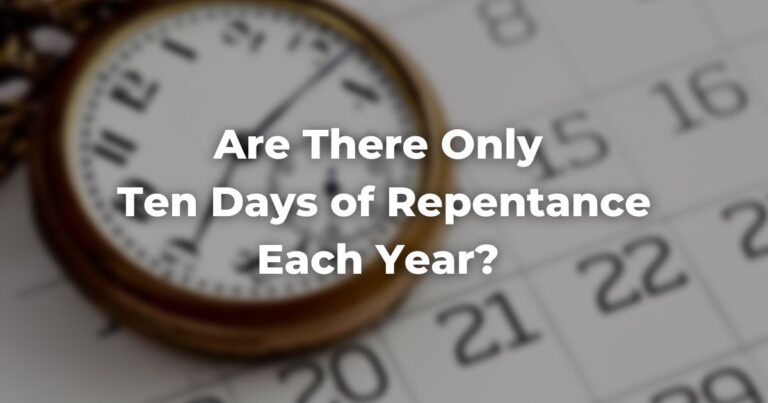Ne’ilah is an additional service, recited only at the conclusion of Yom Kippur.
What is Ne’ilah about?
It means “locking up” and is based on imagery taken from the time of the ancient Temple in Jerusalem. The Temple was enclosed by a large wall and entrance was possible only through designated gates. These gates were closed at nightfall. As long as the gates remained open, worshipers could bring their sacrifices and their offerings, but once the gates were closed, they had to wait until the next day to enter.
This image heightens the drama and increases the sense of urgency as the most sacred day of the year draws to its inexorable close.
For more than twenty-four hours, the community has been occupied with the work of repentance and is now feeling exhausted and emotionally drained as worshipers imagine the heavenly gates of repentance swinging shut.
Ne’ilah, therefore, is one last chance, one final appeal, one final opportunity to cast off sin and return to God.
Make-up of the Service
There are a number of customs that emphasize the unique mood of the Ne’ilah Service. There is a custom that the Ark remains open throughout the service.
Many congregations have instituted an opportunity for worshipers to spend a few moments standing before the open Ark as they share their final urgent appeals. And it is a touching sight indeed to see the long line of young and old, all of them coming with their personal prayers: this one is getting married in a few months, that one is expecting a baby, a third prays for a seriously ill loved one.
Normally, when the Ark is opened, the congregation remains standing. To do this at the end of a long and difficult day of fasting and prayer highlights the drama of the moment. If someone is physically unable to remain standing, it is not considered at all disrespectful to be seated at this time even if the Ark is open.
The sight of a weary but determined community standing before an open Ark is part of the unique charm of this final service of Yom Kippur.
Avinu Malkeinu is recited at the end of Ne’ilah (uniquely, even if it is Shabbat), but there is one way in which our recitation of this prayer at Ne’ilah differs from the version recited earlier in the day: at Ne’ilah the word kotveinu (“inscribe us”) is replaced with ḥotmeinu (“seal us”) in the Book of Life—yet another sign of the urgency of this final appeal. This liturgical shift occurs as well in the Amidah as it is recited at Ne’ilah.
The magnificent melody used during this special service suggests the urgency of the moment as well. The image of the “closing gate” challenges us to recognize that life and time are not limitless resources.
Our days are numbered. Our time on earth is limited. Ne’ilah challenges us to make the most of the blessings we have been granted for as long as we have them.
Concluding Yom Kippur
As Ne’ilah provides a final surge of energy, strength, and excitement, the congregation feels energized as the day comes to its triumphant conclusion with the final sounding of the shofar, one last long triumphant t’ki·ah blast of hope and confidence.
This long and difficult day ends, literally, on a positive note as the community declares its faith in the ultimate redemption promised by God.
The Havdalah which concludes Yom Kippur is also unique, as it is the only time the blessings are said on the wine and the candle but not the spices.
There is a custom that one goes home from Ne’ilah and drives the first nail into the building of the sukkah to create a sense of continuity and move from this very cerebral holiday to the very physical holiday of Sukkot.
Adapted with permission from The Observant Life.
Authors
-

-



The Observant Life: The Wisdom of Conservative Judaism for Contemporary Jews distills a century of thoughtful inquiry into the most profound of all Jewish questions: how to suffuse life with timeless values, how to remain loyal to the covenant that binds the Jewish people and the God of Israel, and how to embrace the law while retaining an abiding sense of fidelity to one’s own moral path in life. Written in a multiplicity of voices inspired by a common vision, the authors of The Observant Life explain what it means in the ultimate sense to live a Jewish life, and to live it honestly, morally, and purposefully. The work is a comprehensive guide to life in the 21st Century. Chapters on Jewish rituals including prayer, holiday, life cycle events and Jewish ethics such as citizenship, slander, taxes, wills, the courts, the work place and so much more.
View all posts





